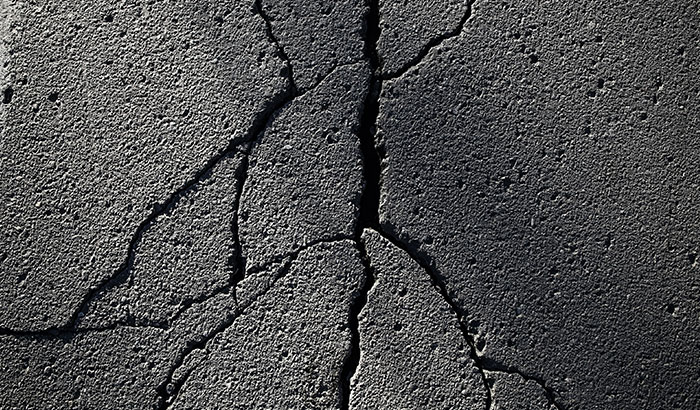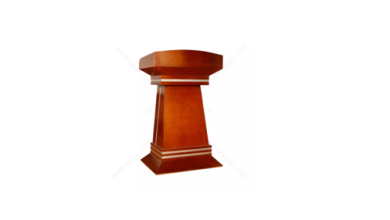What are the most common types of concrete damage?

Concrete is a reliable and popular material in construction due to its durability. Concrete is resistant to wear and tear but not impervious to damage. It can be damaged by chemical and physical stresses, just like any other material. Here are the most frequent types of concrete damage that structures can sustain over time.
Concrete Damage-
Water infiltration is one of the leading causes of concrete damage. Concrete cracks and other weak points can allow water to seep through the concrete. Moisture can cause structural damage and erosion by seeping through concrete. This can cause cracking, buckling and other structural problems. To protect concrete from water damage, it is crucial to seal cracks and weak points.
Chemical Damage –
Concrete structures can also be damaged by certain chemicals. These chemicals include acids, fuels, chlorides, alkalis and oils. Concrete can be affected by these chemicals and suffer cracking, spalling, or discoloration. Concrete must be protected from chemical spillages and contact with corrosive substances.
Fire Damage –
Fire can also cause structural damage. Intense heat can cause cracks to form and weaken the structure. The smoke can also leave behind residue, which can cause concrete to crack. To protect your structure from fire damage, it is essential to use fire-resistant materials and to maintain it properly.
Impact Damage –
Concrete structures can be damaged by impact from a large object or force. The concrete may crack, chip or split. Vibration from the impact can also cause damage to the structure. Concrete should be protected from possible impacts to prevent any damage.
Concrete is durable when used for construction but is susceptible to damage. Concrete structures can be damaged by water, chemicals, fire, impact, and other factors. These potential problems should be recognized and taken into consideration.
How can you prevent concrete damage?
Concrete damage can be prevented by taking a few simple steps to ensure maximum protection. These are some tips to help you protect concrete.
Seal cracks and weak points to prevent water damage – This includes sealing joints and openings within the structure to stop water infiltration.
Apply a protective coating to the concrete. This will protect it against chemical damage and other abrasive substances. Reapply the coating as soon as possible if it begins to wear.
Use fire-resistant materials around your structure to protect it against potential fire damage. Concrete, metal and stone are some of the materials you can use.
Protect the structure against impacts This means that heavy objects should be moved away from the structure and that padding should be placed around sharp edges to prevent them from causing damage. It is a good idea, if possible, to put buffers between heavy objects and the structure.
These steps will help protect your concrete structure. Although concrete is susceptible to many potential problems, these preventative steps will ensure that your structure stays safe for years to come.
What is the consequence of concrete damage not being prevented?
Concrete damage can lead to serious consequences if it isn’t prevented. These are just a few examples of problems that could arise:
Structural Failure-
Concrete can weaken from water damage, chemical damage and fire damage over time. This could lead to structural failure. This can lead to costly and dangerous repairs.
Concrete structures can lose their aesthetic appeal and reduce the property’s value.
Damage to concrete can make a structure unusable or unsafe.
Concrete damage can be prevented by taking preventative measures. Concrete can be preserved for many years with proper maintenance and care.
You can prevent concrete damage and protect your structures. This will ensure they last a lifetime. Concrete repairs can be done quickly and easily with the right tools and knowledge. This will allow you to enjoy your concrete structures again as soon as possible.




